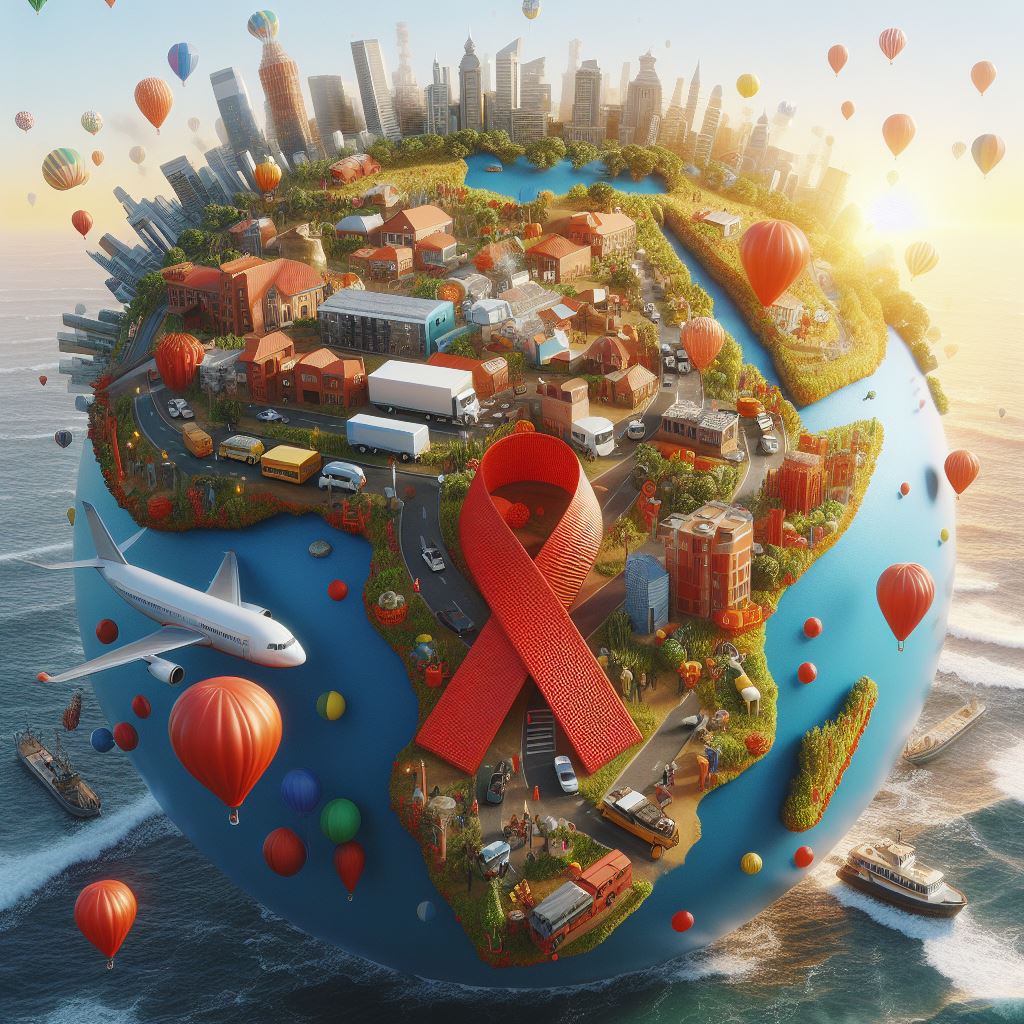
Introduction:
South Africa, home to roughly 13% of the global human immunodeficiency virus (HIV) positive population, is battling with financial pressure and consequential cuts to the government’s HIV budget. A novel HIV prevention injection is now accessible to a select group of individuals in South Africa, providing two months of protection with a single shot. This innovative approach to HIV prevention aims to relieve the pressure on both the social and economic aspects of the disease.
The Current State of South Africa’s HIV Response
South Africa also boasts the world’s largest HIV treatment programme, providing antiretroviral therapy (ART) to approximately 5.8 million of the 7.8 million people living with HIV in the country. Financed primarily by the South African government, the programme also receives substantial funds from international sources. However, the country’s economic challenges have led to a recent reduction of R1 billion in financing for the HIV response.
A New Era in HIV Prevention: The First Beneficiaries
In a landmark event, a young individual in Cape Town was among the first to receive this HIV prevention injection outside a clinical trial. The injection contains a long-acting formulation of the antiretroviral drug cabotegravir (CAB-LA), offering protection against HIV infection for two months. The recipient responded positively to the injection, noting it was less painful than previous treatments they had received.
The Economic Impact of HIV Investments
It is estimated that South Africa spends around $25 billion per year on HIV – mainly from the government budget, but also from US President’s Emergency Plan for AIDS Relief (PEPFAR) and the Global Fund. Despite the high cost, HIV investments are essential. They not only save lives but also yield significant economic returns. A report by Economist Impact suggests that every dollar invested into HIV in South Africa between 2022 and 2030 is projected to yield a return on investment of $7.
Table 1. Current HIV Budget in South Africa

SAPHRA Approval and Cost Effectiveness
In 2022, the South African Health Products Regulatory Authority (SAPHRA) gave the green light to the use of the HIV prevention injection. However, a report by The Health Economics and Epidemiology Research Office (HE2RO) showed that CAB-LA will not be cost effective when compared to the current oral HIV treatment used in South Africa. For this product to be cost-effective there will have to be a drop in price of $9-$15 (R170-R280) per injection. According to the report this injection currently sits at a price of R540 and R570 per dose.
The Budget Crunch and its Implications
With the country’s budget for public spending dwindling due to weak economic growth and lower-than-expected tax revenue, strategic planning and prioritisation have become critical. The 2023 HIV Investment Case explores the potential impact and cost-effectiveness of scaling up existing interventions and introducing new ones. These include hiring dedicated staff to improve ART linkage and retention, as well as the rollout of long-acting HIV prevention injections.
Conclusion
Innovative HIV prevention methods, like the CAB-LA injection, mark a positive step in the global HIV fight. Yet, we cannot ignore their economic implications, especially in resource-limited settings such as South Africa. The cost of the CAB-LA injection is currently higher than existing oral treatments. This high cost poses a significant challenge to its broad adoption, particularly within the existing budget. Therefore, it is crucial that new interventions are not only more effective, but also cost-effective. The future of South Africa’s HIV response relies on a delicate balance.
